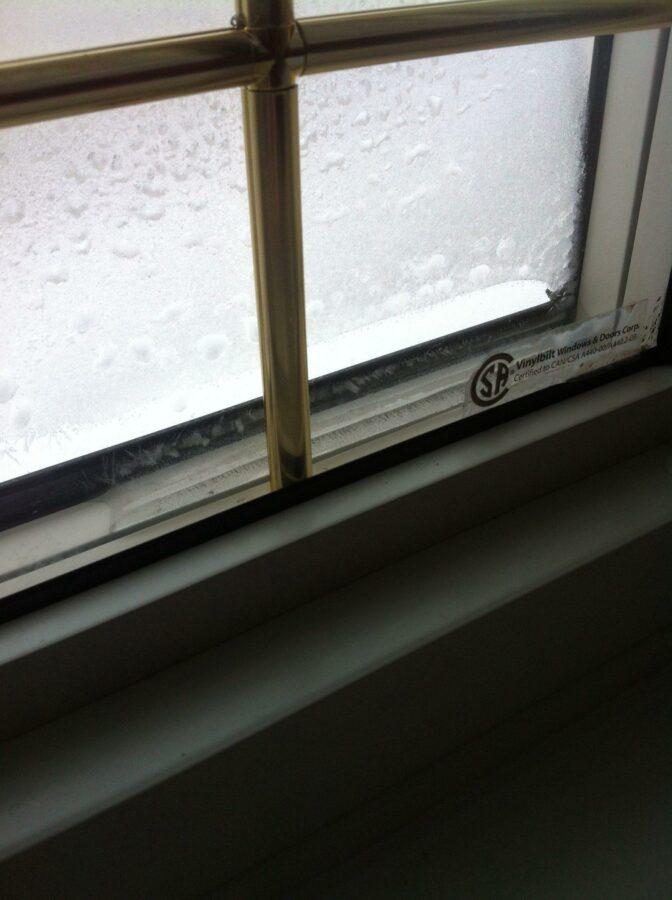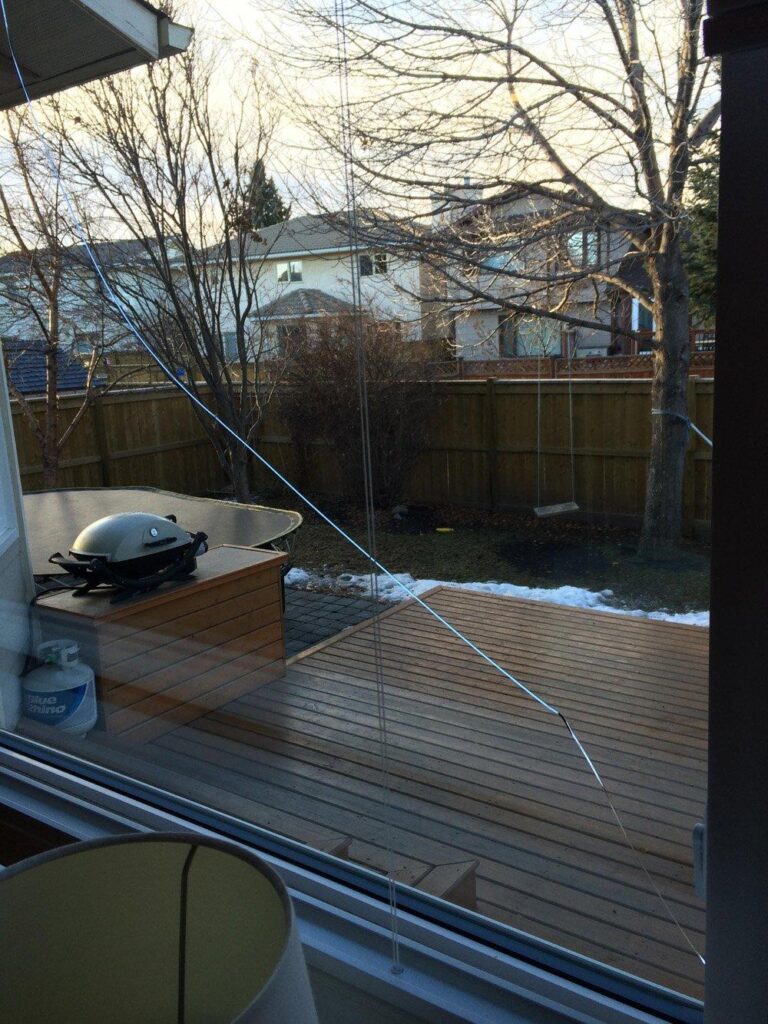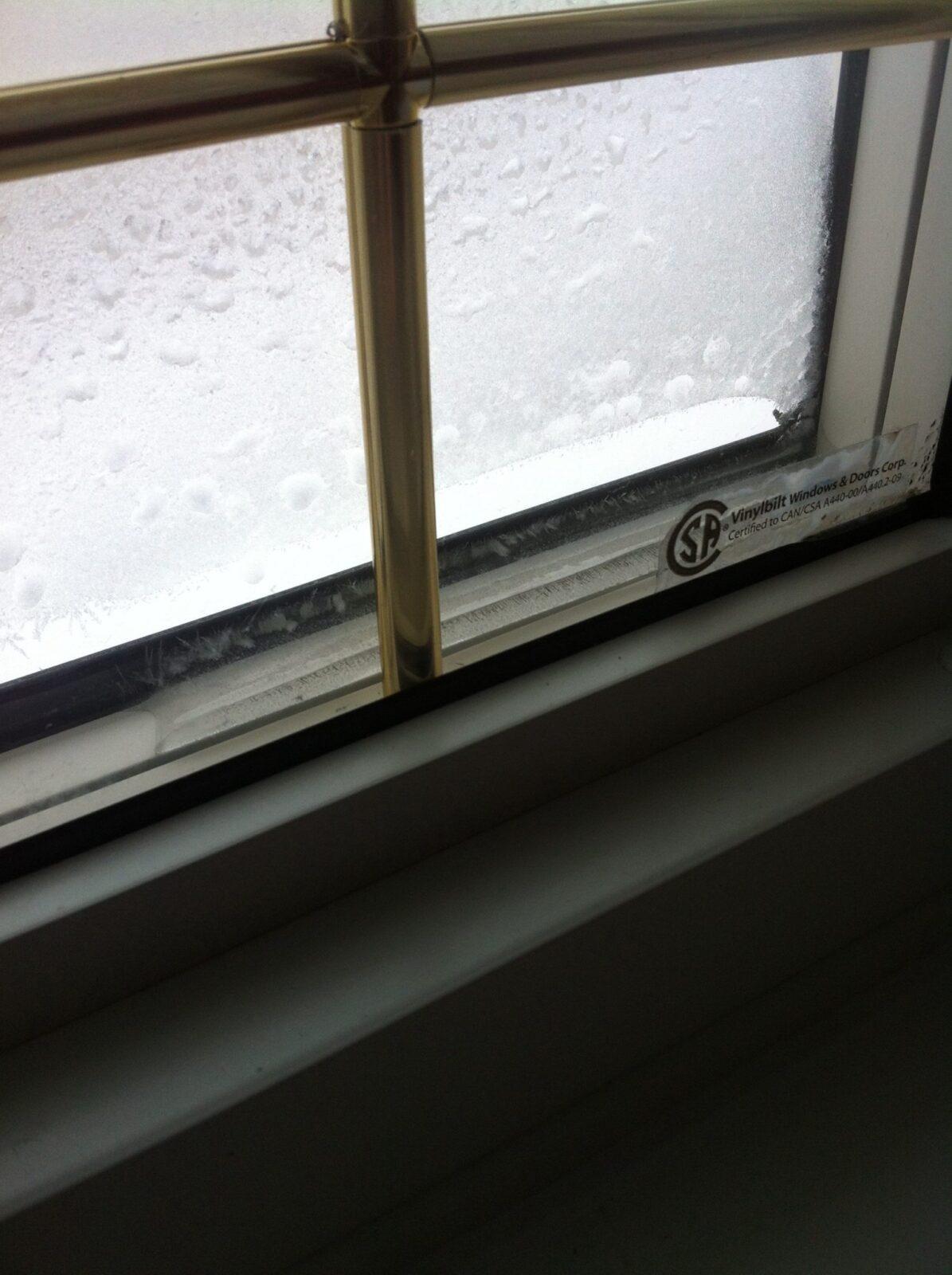When designing windows for a harsh Canadian climate, engineers have to consider not only how well they perform under cold or hot temperatures, but also how well these windows are able to withstand the change from one extreme to the other.
In vinyl windows, the duress of temperature change is most often placed on the insulating sealed unit.
If you think about what the sealed unit is, imagine it like a window within the frame of your window. The panes of glass are separated and held together by an insulating spacer. The whole unit is then clad in a vinyl sash. As such, it is often possible to replace the sealed unit without disturbing the frame components of the window.
Sealed units are an important efficiency component of any replacement windows. With modern technology, they usually carry some form of a gas fill for better insulation. When the seal fails, the gas is allowed to escape, in turn significantly reducing the energy efficiency of the whole window.

How do you know if your sealed unit failed?
One sure sign of sealed unit failure is condensation on the inside of the unit, between the panes of glass. Do not confuse it with condensation on the room side of the glass – that kind of condensation is normal and quite common. If there is condensation between the panes, however, that means the unit is losing gas.
What happens most often in these cases is the failure of insulated spacers. As most things expand and contract when they heat up and subsequently cool down, so does the spacer. A failure can result in the spacer coming away from the glass pane as a result of contraction. It can also manifest itself through a crack in the glass. Stress cracks are usually a result of a manufacturing defect in the glass itself.

Whether it is a result of spacer defect or a stress crack, sealed unit failure is covered by warranty by most companies. Generally a company will replace a failed sealed unit for a time period of fifteen years from the date of manufacture.
Note: sealed unit failure as a result of a human accident or act of nature is usually not covered by warranty. Flying pebbles from underneath a lawnmower, a thrown baseball, or even hail can all cause cracks in the glass, resulting in sealed unit failure. If something like that caused failure in your sealed units, you may have to pay for it out of your pocket. Remember, even in that situation there are right and wrong ways to go about it.
Check out our post: Broken Sealed Unit? Why A New Window May Cost You Less Than Repair
Knowing that you can count on your windows to be efficient for their entire lifespan is why we always preach the advantages of going with a company that has a designated service department. There is no guarantee that a sealed unit won’t break a few years down the road, and if it does you want to make sure that the company is still there to take care of it.
More important in this case however, is investing in the right quality windows from the beginning. Seal strength and quality are often a factor that can drive the price of your order up. If you’re still considering buying new windows try to find out if a company has a history of problems of this nature. If numerous customers in your area have mentioned this in reviews online, chances are the company’s product isn’t ideal for your area.

